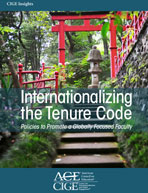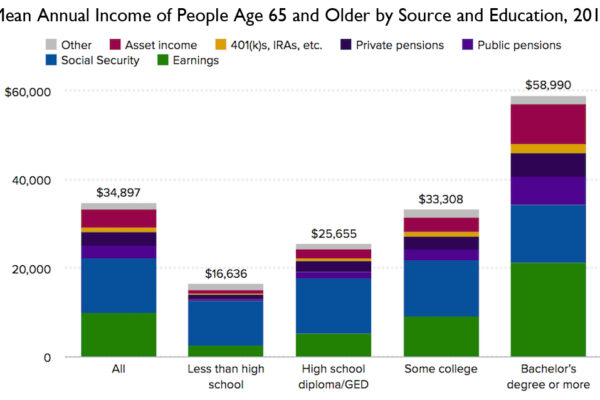Pell Grants Covered 24 Percent of the Total Cost of Attendance in 2015-16
Title: Trends in Ratio of Pell Grant to Total Price of Attendance and Federal Loan Receipt
Source: National Center for Education Statistics (NCES)
A recent brief from the National Center for Education Statistics uses data from the National Postsecondary Student Aid Study (NPSAS) to look at the percentage of the total cost of attendance covered by Pell Grants.
According to the findings, Pell Grants covered 24 percent of the total cost of attendance in 2015-16 overall, with differences emerging by institutional sector. Pell Grants covered more of the total cost of attendance at public two-year institutions (31 percent) than at public four-year (22 percent), private nonprofit four-year (19 percent), and for-profit (16 percent) institutions. The brief also includes analysis for the past four data cycles of NPSAS.
Fifty-six percent of Pell Grant recipients overall have federal student loans, according to the brief. By sector, Pell Grant recipients at for-profit institutions were the most likely to have federal student loans (80 percent), while Pell Grant recipients at public two-year institutions were the least likely to have federal student loans (24 percent).
Click here to read the brief.
If you have any questions or comments about this blog post, please contact us.


